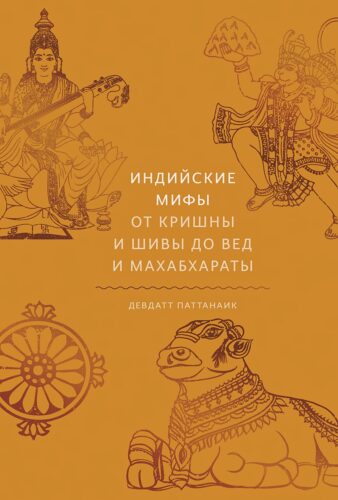Описание книги
About the product Indian mythology is extremely diverse. It contains 330 million deities. There are gods and goddesses, spirits, personal gods, home gods and gods of space and time. There are gods for every caste and those that take care of the artisans. There are gods who protect nature, who live in trees and those who take the form of animals. Some are fascinated by minerals, some by geometric shapes. In addition, there are dozens of demons, each with a history of rise and fall. What Indian mythology lacks is an analogue of the devil, the supreme demon who rules over other evil spirits. This book is a kind of guide to the main aspects of Indian mythology. Devdatt Pattanaik selects several stories that speak for themselves, helping readers understand why Yudhishthira went to heaven and his brothers to hell. He shows why Rama was an exemplary ruler, despite the fact that he banished Sita into the forest. He also explains why Gauri and Kali are one, although one feeds and the other kills. For those who love India. From the author: We all live in a myth. For many people, this idea is unpleasant. After all, it is generally accepted that a myth is a deception. It is more pleasant to believe that we are living in true reality. However, there are many truths. They are objective and subjective. They are logical and intuitive. Some exist within the framework of one culture, others are universal. Some are based on evidence, others are based on faith. Myth is subjective, intuitive truth, firmly associated with a specific culture and based on faith. If myth is an idea, then mythology is the driving force of an idea. Mythology shapes the stories, symbols and rituals that make the myth three-dimensional. They are essentially languages; languages that can be heard, seen and played on. Together they constitute cultural truths. This book explores Hindu mythology. There is a myth behind mythology. There is truth behind the myth: an inherited view of life and death, of nature and culture, of perfection and possibilities, of hierarchies and horizons. This subjective and cultural truth of the Hindus is neither superior nor inferior to other truths. This is just another human understanding of life. …
FAQ
